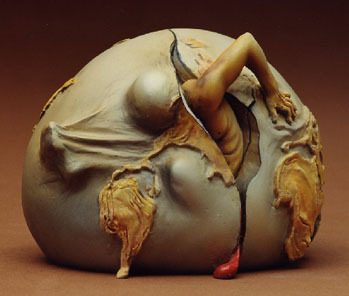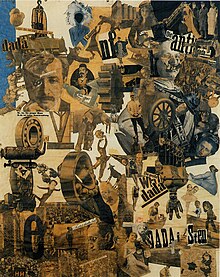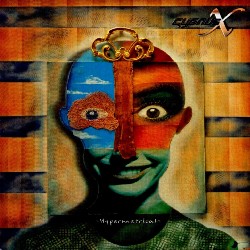Jackson Pollock's elegant abstract paintings, which were created by spattering paint on huge canvases placed on the floor, brought abstract expressionism. Abstract expressionism presented a broad range of stylistic diversity within its largely, though not exclusively, nonrepresentational framework. For example, the expressive violence and activity in paintings by de Kooning or Pollock marked the opposite end of the pole from the simple, quiescent images of Mark Rothko. Basic to most abstract expressionist painting were the attention paid to surface qualities, i.e., qualities of brushstroke and texture; the use of huge canvases; the adoption of an approach to space in which all parts of the canvas played an equally vital role in the total work; the harnessing of accidents that occurred during the process of painting; the glorification of the act of painting itself as a means of visual communication; and the attempt to transfer pure emotion directly onto the canvas. The movement had an inestimable influence on the many varieties of work that followed it, especially in the way its proponents used color and materials. Its essential energy transmitted an enduring excitement to the American art scene.















